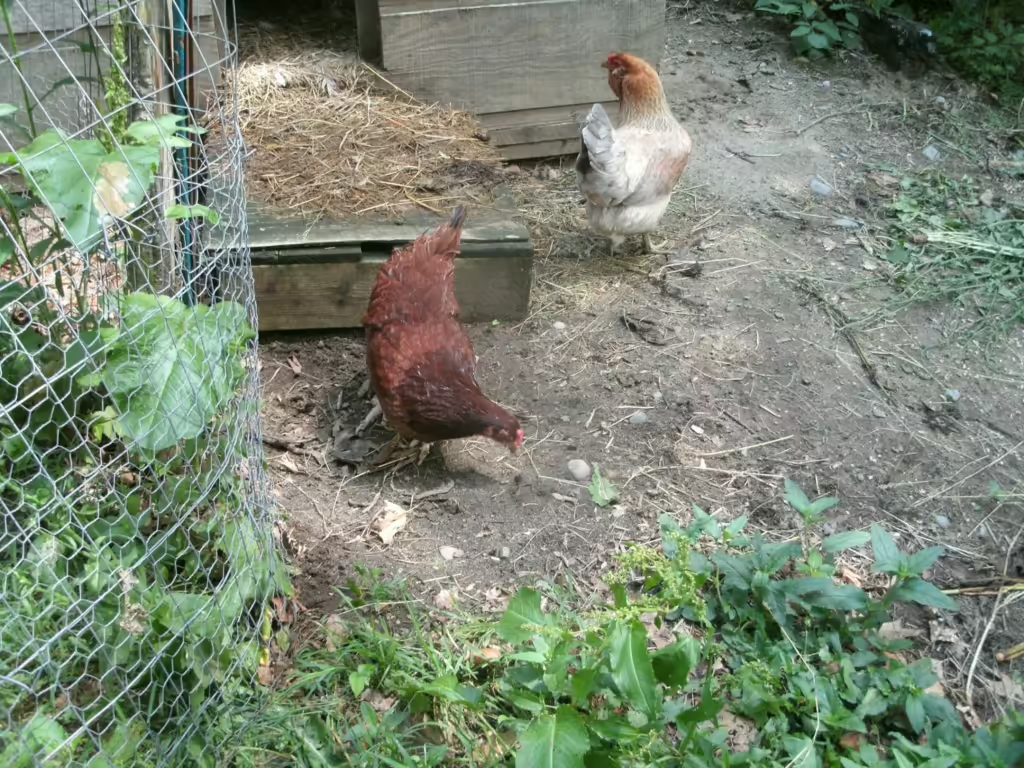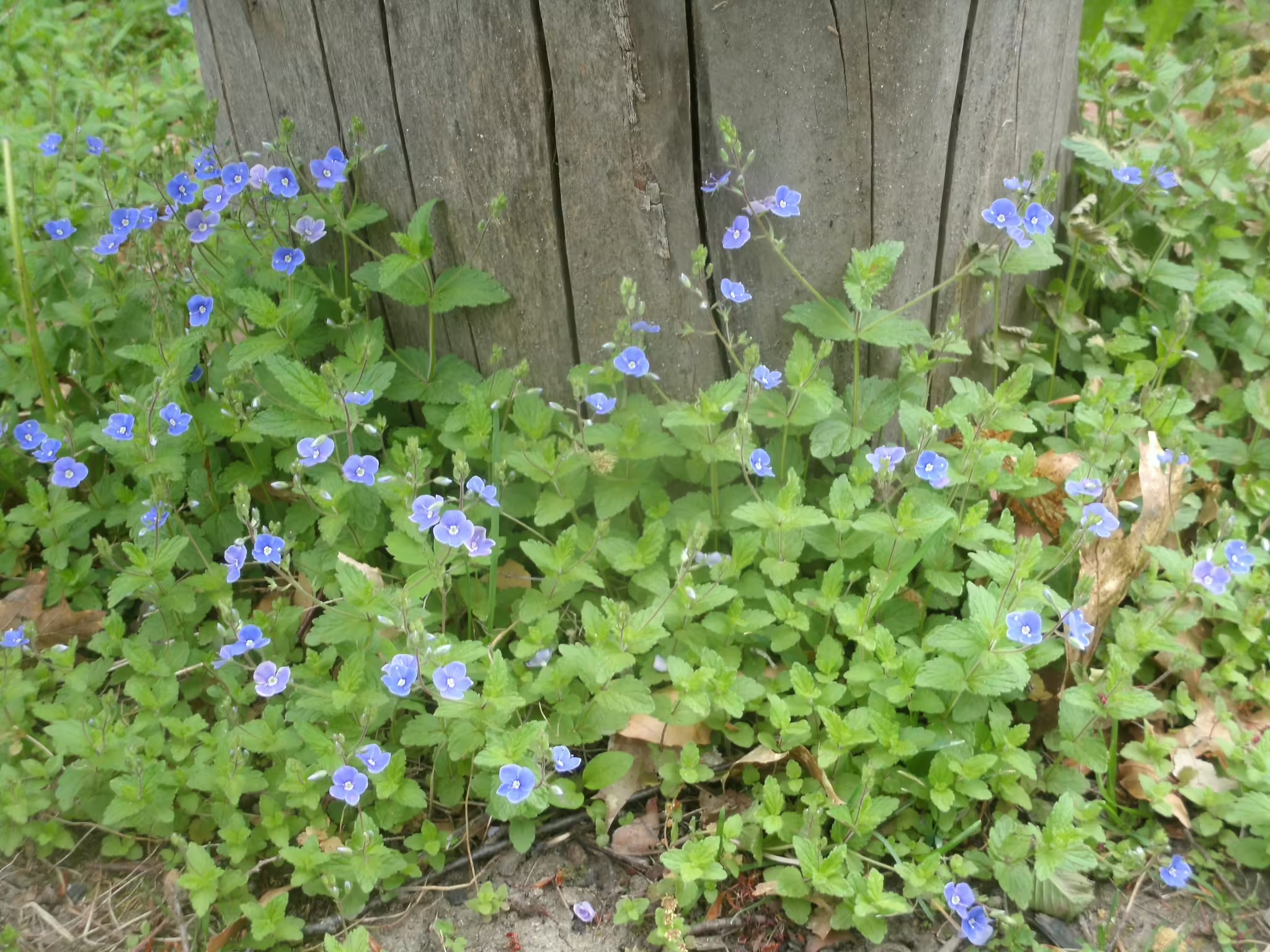For me, tucking in my permaculture beds for winter starts with digging up the roots I use for food, drink and medicine. Once the roots are drying, I move on to reflecting on how well the plants were growing, and feed them chopped up plants as a winter cover. I use the plants which have died back because that’s where a lot of the nutrients which came from the ground are. As long as plants are healthy, they can be used as mulch. Some plant stems and woody stuff I leave whole as this is where many beneficial insects want to lay their eggs. This is also a time I collect seed heads from wildflowers, herbs and self-sowing plants.
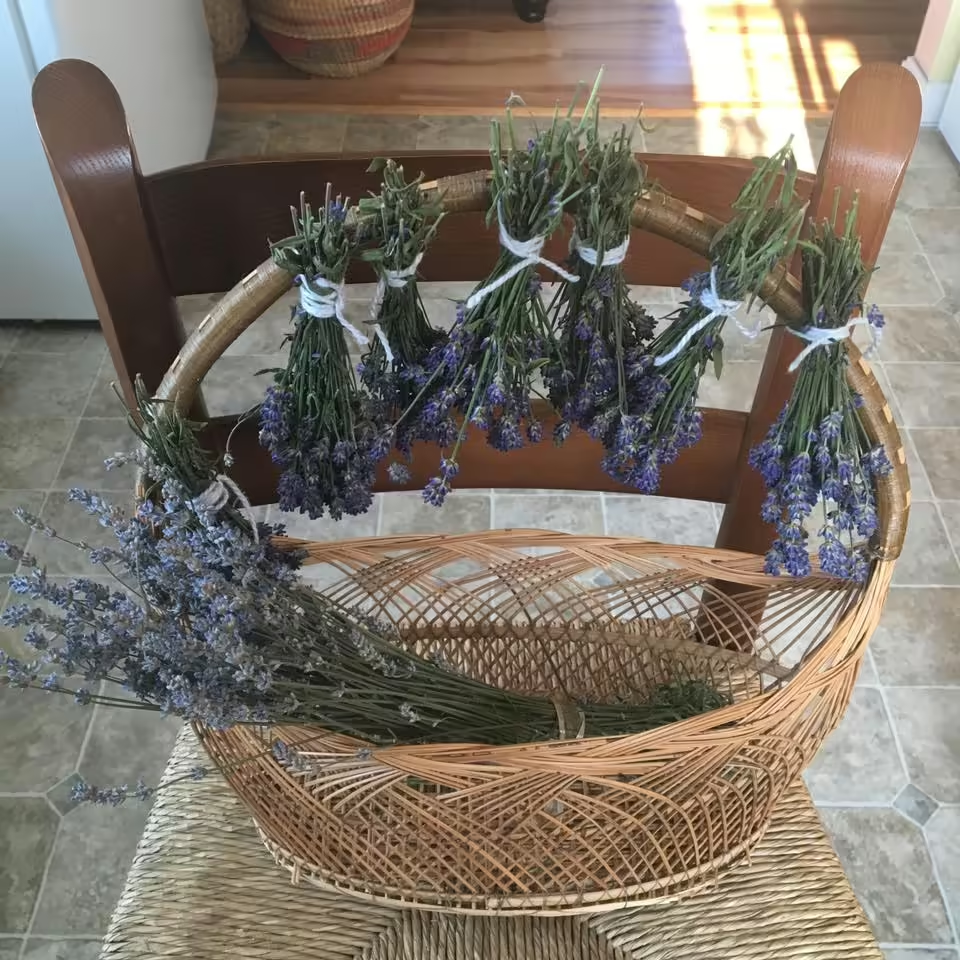
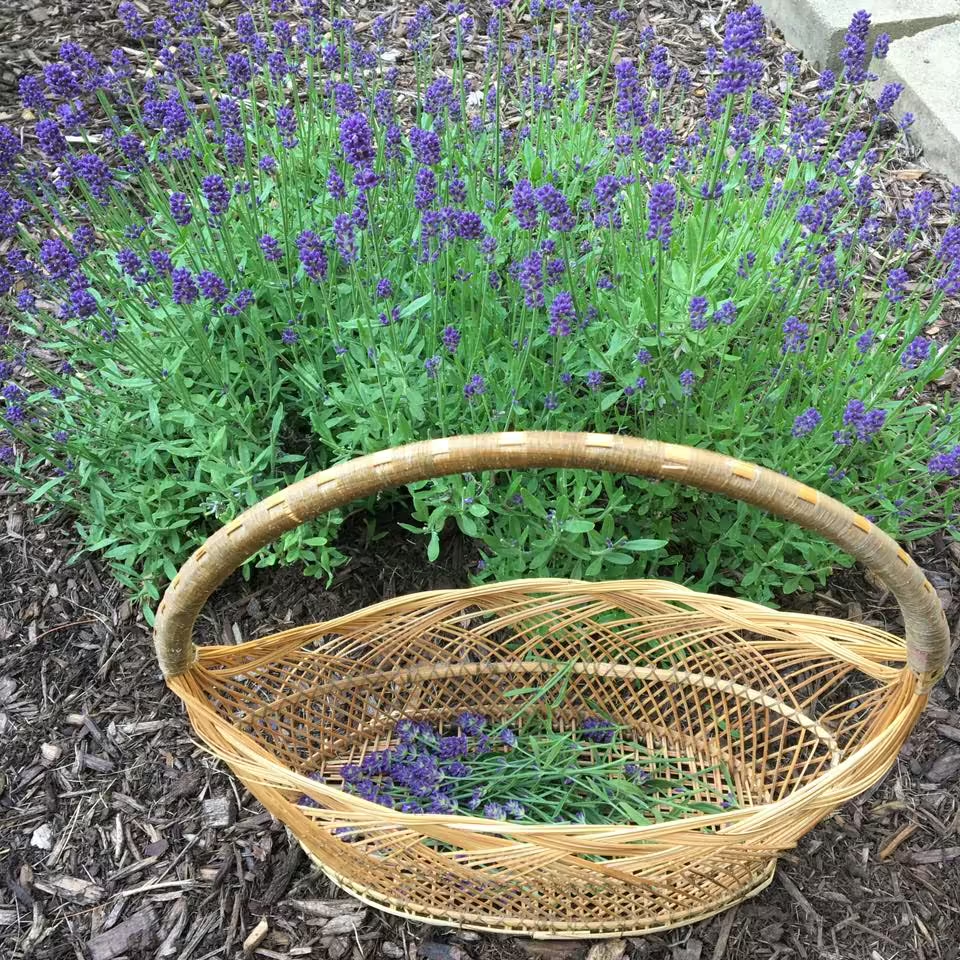
Did you know kale can be allowed to self-sow from year to year, reducing the need to create rows or rototilling? Bok choy will do this as well as many of the self-pollinating lettuces. Hybridized plants usually don’t have this ability because they are not going to be true to what they were.
Jerusalem artichoke, also called sunroot, sunchoke, wild sunflower, and earth apple, is a sunflower native to North America. Sunchokes, as I call them, are a really tall plant. I cut them back and lay their stalks around the edge of my growing space. They make really good homes for various insects, salamanders and bees. I do this as I am digging the roots up. To me, sunchokes roots are a lot like water chestnuts. Even though they don’t store well, they are quite delightful on fall salads. They are great for sharing with others. They also can be used to thicken soups when added to the pot early in the cooking. To use them in other cooked dishes, put them in in the last few minutes of cooking so they don’t get mushy.
Another thing I do is to remove any weeds which are going to seed so there won’t be more of them in the coming year. If I can get their roots out, I do. I use wood chips, sawdust, and weeds for mulching. I also trim back lavender, sage and any plants which will need more space for the new growth in the spring. These plants also get a good amount of mulch put around and over them as they as not always winter hardy in the cool Maine climate.
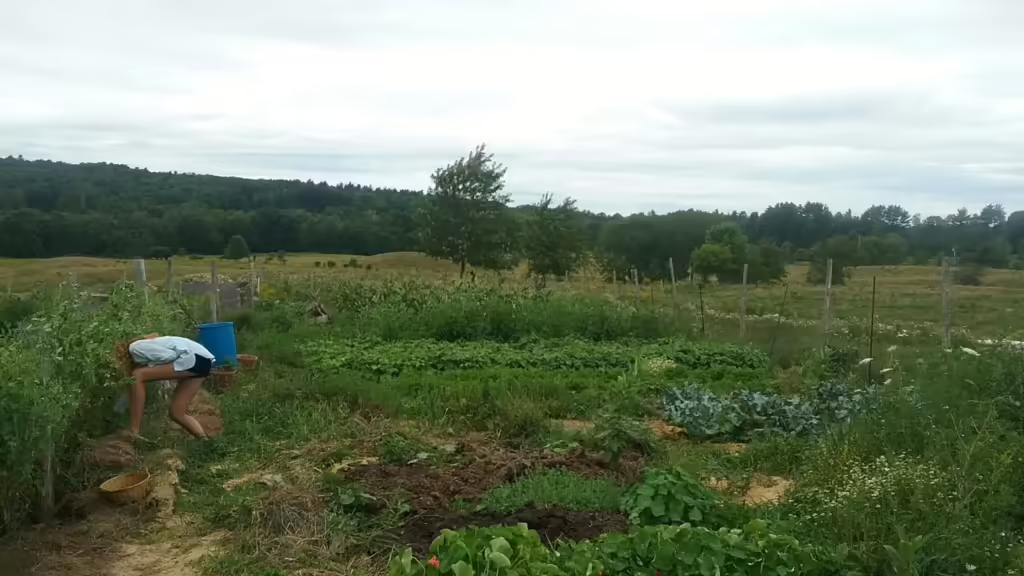
In areas where I have grass coming in, I use pine needles as a thick mulch, making it easier to pull any fall grass growth out in the spring. I pull any vegetables out like the tomato plants, broccoli, kale, etc. and usually leave them in the garden right where they were growing. It helps me to remember what was where the year before so I can know what I may want to be doing for a crop rotation in the next year.
I can also trim back berry bush stems which fruited this year. Black raspberries, blackberries, and raspberries are the ones I grow. If these plants need thinning, I do it when they are dormant in the winter.
My land’s name is Hawk Haven Gardens and while I used to sell veggies years ago, I give them away now when I have extra. I do consults with people having problems in their garden and assist with improving their soils. I can be reached by phone 207 397-2007 but I do not use a website. I do have a Facebook page: Hawk Haven Gardens
I am helping with a project in China, Me this fall turning a grassy field back into a meadow. We are in the planning stages right now, collecting seed and figuring out what people will be wanting in the meadow, as well as planning to get rid of the grasses in order for the wild meadow plants to take hold.
